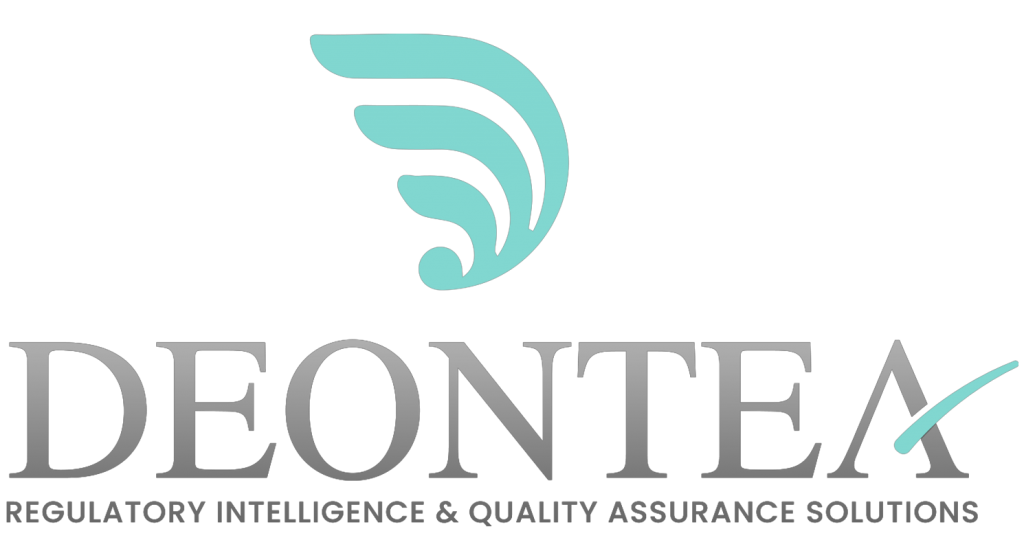A full quarter into 2025 and the anti-money laundering agenda is still busy. Whilst not much new is to be implemented, the EU has kick started the work on L2 texts to supplement AMLD VI and AMLR: consultations are up and running, NCAs are holding open hearings and webinars, and stakeholders are strongly invited to provide input. On the international front most of the work concentrate around asset recovery, financial inclusion and complex proliferation financing (sanctions evasion).
26.03.2025
Transparency International and the ACDC publish the first edition of the Opacity in Real estate Ownership Index and the related report. The aim is to evaluate how countries are doing in protecting the real estate market from being used for money laundering purposes. The first edition evaluates 24 jurisdictions including G20 member nations. It finds that in the majority of these jurisdictions, a would-be money launderer investing in real estate could evade detection by taking advantage of wide-open loopholes in anti-money laundering regulation.
21.03.2025
FATF has published the consolidated table of country assessment ratings. It’s a very useful tool to start assessing a new geographical region for business opportunities or verifying internal proprietary rankings when carrying out business wide risk assessments. (An xlsx format is also available).
13.03.2025
FATF has published a Report on Online Child Exploitation. It aims at providing an updated and more precise understanding of the financial flows behind these heinous crimes to enhance both the private and public sectors’ ability to detect, disrupt and investigate online child sexual exploitation. Annex A provides a list of relevant red flags financial institutions should be mindful of when setting out their transaction monitoring algorithms/suspicious transaction detection tools.
25.02.2025
FATF has updated its 2012 Recommendations. R1 (Risk Based Approach) has been revised to increase focus on proportionality of measures and require countries to allow and encourage simplified measures in lower risk areas with the aim of providing financial institutions with greater confidence and assurance when implementing simplified DD measures.
24.02.2025
FATF consults on payment transparency (R16). The objective is to ensure that FATF standards remain technology-neutral and follow the principle of “same activity, same risk, same rules”. The proposed revisions also aim to help make cross-border payments faster, cheaper, more transparent and inclusive whilst remaining safe and secure. It closes on 18.04.2025.
21.02.2025
FATF has released updated Black (High risk jurisdictions subject to a call for action) and Grey (Increased monitoring) lists. Lao PDR and Nepal have been added to the Grey list, whilst Philippines have been removed.
06.02.2025
Transparency International publishes its 2024 Corruption Perception Index and the related report.
10.04.2025
EBA held a public hearing on the Call for advice on the AML/CFT package.
10.04.2024
EBA issues its April Newsletter.
18.03.2025
Europol publishes the EU-SOCTA report which provides a comprehensive overview of the threats posed by serious and organised crime in Europe. Published every four years, it identifies key criminal activities, the dynamics of criminal networks, and emerging trends.
14.03.2025
European Commission issues a Sanction Alert in relation to plywood imports from Russia and Belarus that are using third-country companies that repackage and relabel their products.
06.03.2025
EBA consults on new rules related to the anti- money laundering and countering the financing of terrorism package. It includes four draft Regulatory Technical Standards (RTS) that will be part of the EBA’s response to the European Commission’s Call for Advice: Assessment of the inherent and residual risk profile of obliged entities, Risk assessment for the purpose of selection of credit institutions, financial institutions and groups of credit and financial institutions for direct supervision, Customer Due Diligence and Pecuniary sanctions, administrative measures and periodic penalty payments. It closes on 6 June 2025.
28.03.2025
CSSF and CRF held their annual conference on AML/CFT for investment firms. It covered key takeaways from AML/CFT investment firms’ offsite supervision, CRF’s statistics, ML/TF typologies, indicators and best practices for investment firms and Regulatory evolution (AML/CFT package).
24.02.2025
CSSF has updated its sub-sector risk assessment for the collective investment sector (CIS). It highlights progress made since 2022 and focuses mainly on recent developments to expose emerging ML/TF threats and vulnerabilities. It notes that AIFM represents the highest risk of being abused due to the complexity of assets they invest in, the less frequent training patterns and risk assessments often lacking formalism and depth.
07.04.2025
AMF adopts the EBA guidelines EBA/GL/2024/14 on internal policies, procedures and controls to ensure the implementation of Union and national restrictive measures. DOC-2025-02 comes into force on 30 December 2025.
08.04.2025
FCA has published its annual work programme 2025/26: it includes 4 main themes, one of them being fight against financial crime. The planned work involves building a new data-led detection capability to bring together multiple data sets to increase identification of financial crime in regulated firms and take timely action to tackle it. It also involves tackling organised crime through increased collaboration with partners to share and analyse data in order to remove the gaps where criminals hide. Additional details can be found in the FCA 2025-2030 strategy.
17.03.2025
FCA declines Zeux Limited’s crypto registration citing significant risk of harm. FAC states that the application put forward by the company showed failure to understand, identify and document risks, failure to consider the National risk assessment and failures in respect of customer risk assessment, enhanced due diligence and SAR reporting. The published Notice provides detailed insight on those failures and can be consulted to identify good practices and FCA expectations in that realm.
23.01.2025
FCA publishes its review of how Firm’s use the National Fraud Database and the Money Mule Account Detection Tool. It highlights the last trends and areas of improvements.
21.01.2025
FCA publishes a comprehensive Report on MLTM: MLTM is the use of capital markets to launder funds obtained through criminal activity. The review highlights good and bad practices, case studies and provides insights into FCA expectations.
We can assist you in designing, implementing or assessing your AML/CFT arrangements. Check how we have helped other firms & our achievements or ask a question






